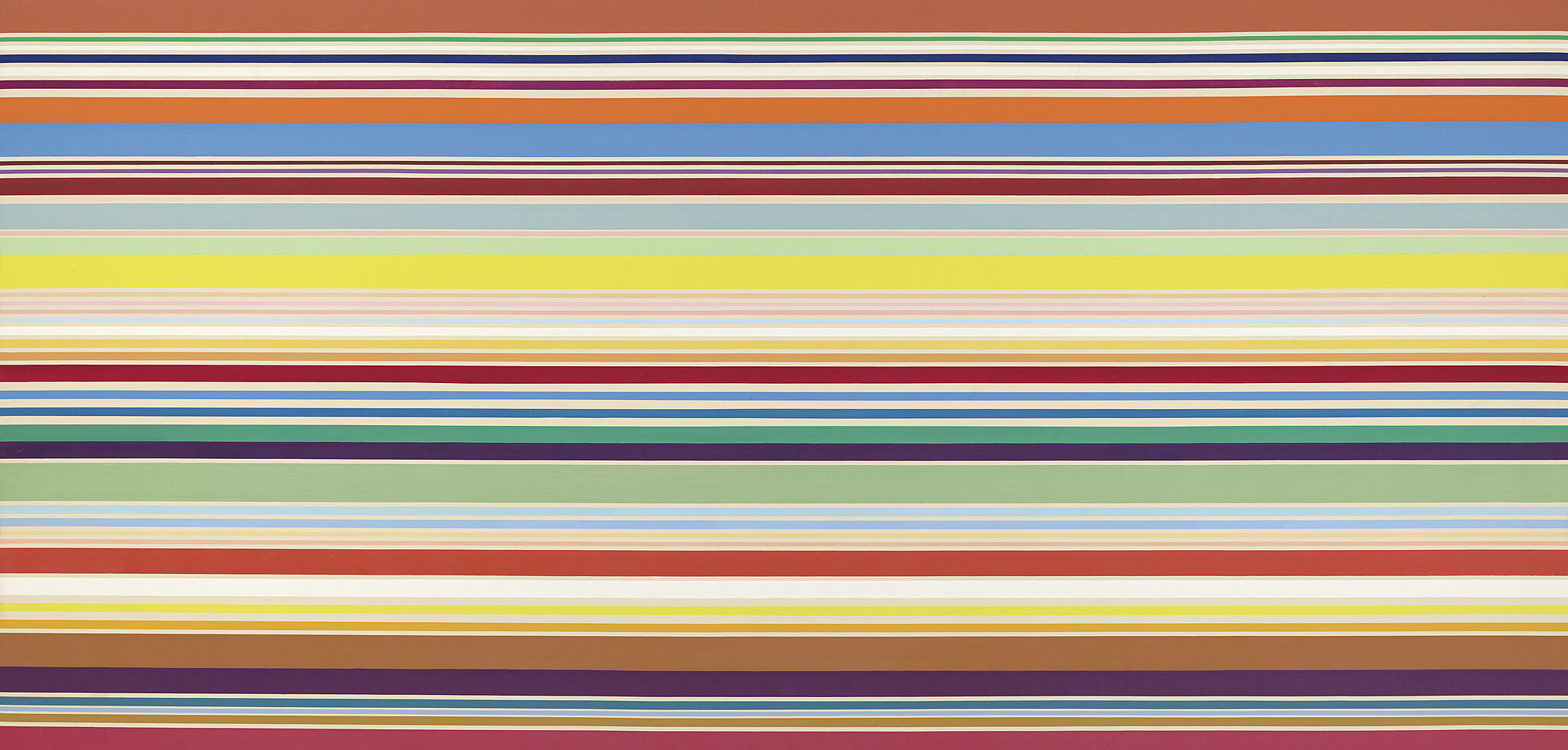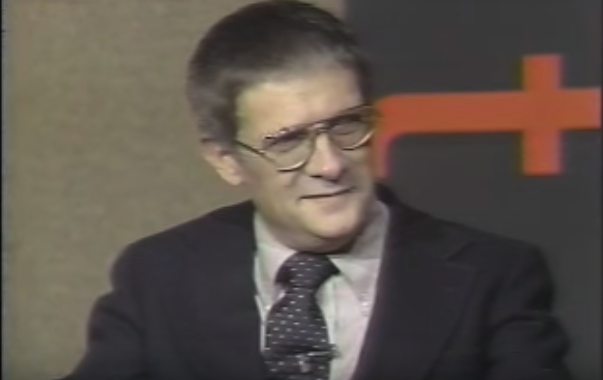Spilling Over: Painting Color in the 1960s | Art & Artists
Mar 29–Aug 18, 2019
Spilling Over: Painting Color in the 1960s | Art & Artists
Kenneth Noland
13
Describing the series of stripe paintings that includes New Day, Kenneth Noland stated: “The thing is to get that color down on the thinnest conceivable surface, a surface sliced into the air as if by a razor. It’s all color and surface, that’s all.” Applying paint with rollers and sponges along with traditional brushes, he created the effect of continuous lines of color. He left the canvas raw, allowing the stripes to sink slightly into its weave. As a result, the painting’s support and the paint itself almost seem indistinguishable—but their subtle differences can make the work appear to tremble and shimmer.


